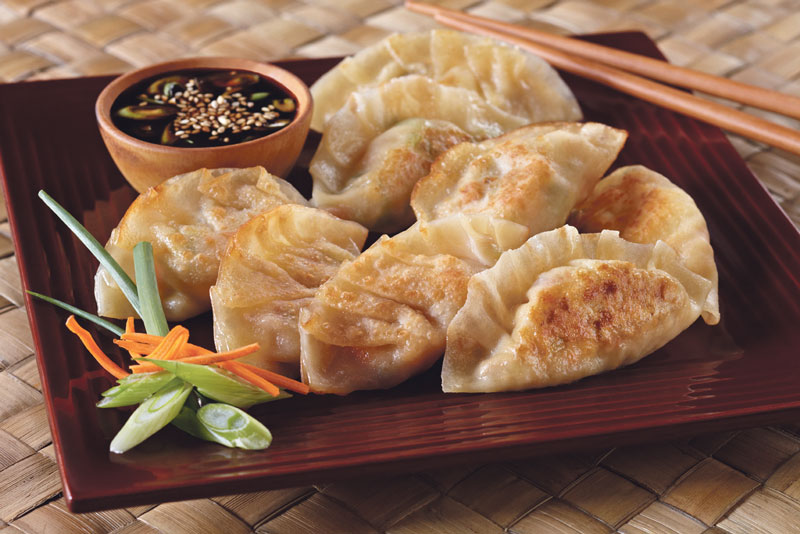Informative, engaging, cultured and fun. Why, you may ask, am I describing myself? Surprisingly, particularly to those who know me, this is not me engaging in a campaign of self-indulgence. In actuality, I’m describing the experience I had at Trinity Arts Festival this week, namely their 12pm Wednesday event: Cooking Workshop with Chinese Soc. Being the archetype of a student who has not yet flown the nest by transitioning to inflated, subpar accommodation, I have become accustomed and arguably too reliant upon my mother’s home cooking.
So much so that I have seldom ventured to pick up a slice of bread to make a cheese toastie, let alone attempt the gargantuan task of preparing and cooking an entire meal. The problem which I foresee is my impending Erasmus year, which will rob me of these creature comforts and force me into the daunting and unfamiliar world of self-reliance. I knew I needed to learn how to feed myself, and I also knew I needed to start small as to not dishearten myself. Starting small meant the preparation of snack foods and this workshop offered that exact opportunity.
The workshop, which took place in the Hist conversation room in the GMB, aimed to teach us how to prepare the Chinese culinary delight that is the dumpling. I’ve gathered from a brief perusal of the Chinese cuisine subsection of the dumpling Wikipedia page that the particular dumpling we prepared was called a jiaozi. A jiaozi is characterised by containing both minced meat and vegetables which are then wrapped in thin pieces of dough. Our particular dumpling contained a pork mince coupled with onion, garlic, ginger, spring onions. For extra taste there was soy sauce and, according to our patient instructors, sesame oil was the most important ingredient in the quintessential taste of the Chinese dumpling.
When we arrived for the workshop, there was a large table in the centre of the room with approximately 20 plates placed along the edges. We each took a place behind a plate, ready for instructions. Then our inviting hosts from the Chinese Society whipped out the pre-made contents of the dumpling and the accompanying dough skin – it was now apparent that the focus of the workshop would be the folding and aesthetic preparation of the food. We all stood in silence, focusing with all our might on the instructions being handed out. Initially, I naively thought that it was an easy process based on the demonstration. Our demonstrator took the circular piece of dough and placed just a little of the mince and vegetable mixture within the circle – enough that there was still a sizeable outer rim of dough visible. Then, the demonstrator took the dough and mixture into the palm of her hand and gently dabbed the exposed edges with water, converting the dry dough into a more paste-like, and consequently stickier substance.
She then proceeded to connect one edge of the circular dough to the other – creating a taco-like shape that was connected in the middle. The final few stages involved her pinching the open edges of the taco-shaped-dough forming a circle and using her index finger to coax the dough to one side, creating a neat line. This resulted in the side of the dumpling to be partially sealed – but not entirely. The final step was to then create a second fold by slightly twisting the dough so that the fold twisted outwards, giving the dumpling its iconic and distinct shape. The process was then subsequently repeated on the other side, ideally in an even fashion to give the dumpling an aesthetically pleasing symmetry. The entire exercise was reminiscent of making paper aeroplanes or hats in primary school and was equally as infuriating to fail at. I found the seemingly simplistic task was a struggle as the knack seemed to elude me. The second side of my dumpling never appeared to even vaguely resemble the first.
Nonetheless, the Chinese Soc’s abundance of supplies meant that I got several attempts to try and hone the craft. Although perfection was never achieved, I certainly did improve and overall, this was a shining example of the Trinity Arts Festival’s fantastic events, exposing even the most uncultured of us to different traditions, customs and art. The Chinese Society’s event was a well-attended and enlightening success which was enjoyed by all.







